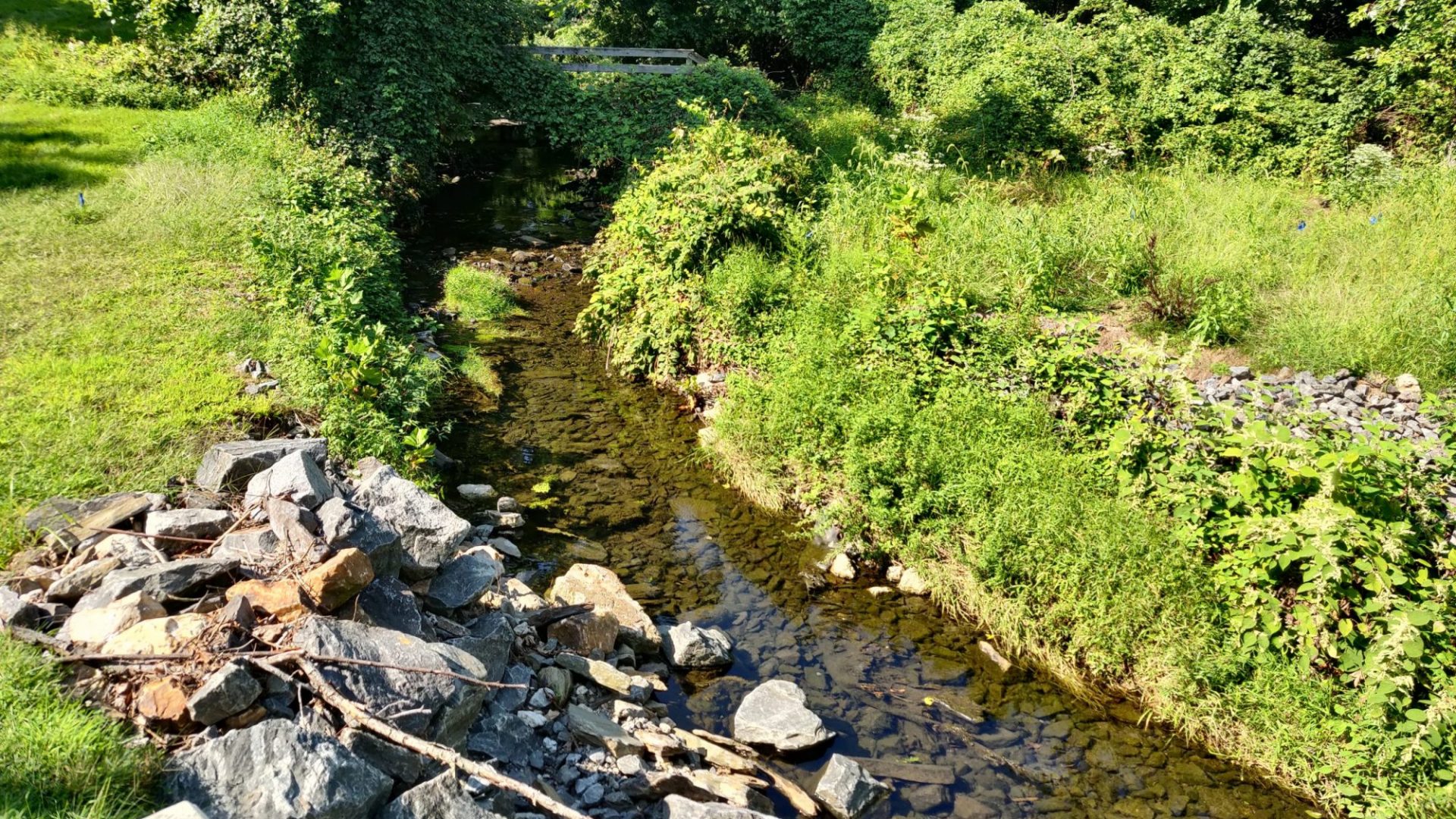By Mallory Kastner, Sam Olivares-Mejia, and Griffin Kaulbach
‘Cobbs Creek’ Neighborhood
Cobbs Creek is the name of the largest neighborhood in West Philadelphia, with about 15,000 residents (1). Note that this is not the number of residents along the creek itself, which includes many other residents from Haverford, Ardmore, Upper Darby, and more, until the stream merges with Darby Creek in Southwest Philadelphia. The Cobbs Creek neighborhood itself has a demographic makeup of predominantly Black residents, and there are significant socioeconomic differences along the creek (2,3).
Socioeconomic disparities along the Cobbs Creek Watershed
The history of housing segregation is fundamentally tied to environmental racism, as low-income communities of color are often found near environmental hazards, and lack adequate access to green spaces. This can result in environmental and health inequalities, where BIPOC (Black, Indigenous and People of Color) communities are significantly more impacted by pollution and over-heating of cities. In particular, polluted air is associated with the higher rates of lung disease, cancer, asthma, heart disease, and COVID-19 seen in communities of color (4). Structural racism is a driving force behind this demographic segregation. The Storymap below outlines the segregation along the Creek (inspired by maps made by the New York Times on poverty and segregation in America):
Cobbs Creek Initiatives and Community Groups
Environmental Justice is a fundamental concept behind grassroots efforts to combat this environmental racism towards BIPOC communities. Below are a few Philadelphia and Cobbs Creek initiatives that aim to address environmental racism and protect the watershed and its parks:
- Philly Thrive: Advocates against fossil fuels and for the health of Philadelphia’s vulnerable communities located near refineries.
- Toxic Free Philly: Aims to free the Philadelphia area from pesticides and provide a healthy and safe environment for all residents and wildlife.
- Friends of Cobbs Creek : Founded in 2005, this facebook page highlights local initiatives that help preserve and clean-up Cobbs Creek Park and the Cobbs Creek watershed. Includes initiatives from Montgomery Country (where Haverford and Bryn Mawr are located) to Philadelphia.
- Cobbs Creek Community Environmental Education Center: Opened in 2002, this nonprofit organization offers engagement in youth Environmental Justice work, community education and gardening activities, nature tours and outdoor learning, etc.
- Cobbs Creek Recreation Center: Located in the Cobbs Creek section of West Philadelphia, the Cobbs Creek Recreation Center offers great outdoor amenities and environmental education (e.g. GMO and compost) for the city’s youth.
- Mount Moriah Cemetery (through which runs Cobbs Creek): Since 2011, this nonprofit organization has been dedicated to the preservation and promotion of Mount Moriah Cemetery by honoring the memory of those interred here through community engagement, education, historic research, and restoration.
- Cobbs Creek Oral History Project: In 2015 the Philadelphia Water Department’s public engagement team started recording oral histories of Cobbs Creek members. The goal of this project is to better understand how people feel about Cobbs Creek and features oral histories from Julia Chinn and Deborah Roebuck.
- Cobbs Creek Neighbors: Community group that discusses zoning, provides resources, and focuses on the needs of the community. Meets the first Monday of every month at the Blanche A. Nixon/Cobbs Creek Library at 7pm.
- Cobbs Creek West Community Association: A community action/grassroots group formed to promote consistent care of the area of Cobbs Creek Park, and its neighborhood that is adjacent to Upper Darby, and West Philadelphia
- Cobb’s Creek Foundation: Stewards of the Cobbs Creek Golf Course and Cobbs Creek watershed. Create local jobs and partner with youth golf community groups and programs.
References
- Brownlow, A. (2006). An archaeology of fear and environmental change in Philadelphia. Geoforum, 37(2), 227–245. https://doi.org/10.1016/j.geoforum.2005.02.009
- Mapping Poverty in America—The New York Times. (n.d.). Retrieved December 15, 2020, from https://www.nytimes.com/newsgraphics/2014/01/05/poverty-map/index.html
- Mapping Segregation—The New York Times. (n.d.). Retrieved December 15, 2020, from https://www.nytimes.com/interactive/2015/07/08/us/census-race-map.html
- Villarosa, L. (2020, July 28). Pollution Is Killing Black Americans. This Community Fought Back. The New York Times. https://www.nytimes.com/2020/07/28/magazine/pollution-philadelphia-black-americans.html
